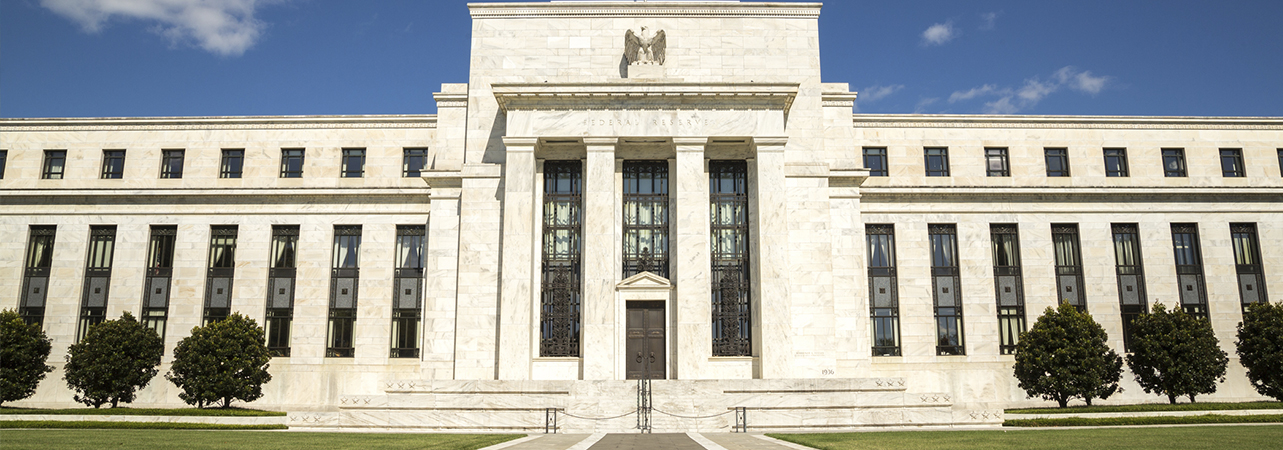During May, ECB Vice President Luis de Guindos warned that recent increases in US bond yields had revived concerns over the potential for shifts in financial conditions, which could affect indebted companies, households, sovereigns, and investors who have become more exposed to duration, credit, and liquidity risk.
- The benchmark German bond yield reached a two-year high
- US CPI surged to 4.2% YoY
- Demand for inflation-linked bonds rose
To view the series of market updates through May, click here
During May, European Central Bank (ECB) Vice President Luis de Guindos warned that recent increases in US bond yields had revived concerns over the potential for shifts in financial conditions, which could affect indebted companies, households, sovereigns, and investors who have become more exposed to duration, credit, and liquidity risk. Many investment funds, insurers and pension funds in the euro area are exposed to a further increase in yields or a correction in credit markets. Looking ahead, the ECB is likely to act in the event of an unwarranted rise in yields.
“The ECB is likely to act in the event of an unwarranted rise in yields”
The European Commission raised its economic growth forecast for the eurozone to 4.2% in 2021 and 4.4% in 2022. EU Commissioner Paolo Gentiloni commented: “After a weak start to the year, we project strong growth in both 2021 and 2022”. The prospect that Europe’s economic recovery might be gaining traction fuelled speculation that the benchmark German bond yield might move out of negative territory after more than two years. Its yield rose to -0.08% during May – its highest level for over two years – as investors considered the possibility that the ECB might ease the pace of its asset purchase programme.
In the US, the rate of consumer price inflation rose by 4.2% year on year in April, posting its fastest annualised increase since 2008, while the personal consumption index surged to 3.1%. Nevertheless, the US Federal Reserve (Fed) continues to insist that this inflationary uptick is “transitory”, caused by factors including supply chain disruption and the impact of massive fiscal stimulus. During May, US Treasury Secretary Janet Yellen – previously Chair of the Federal Open Market Committee (FOMC) – warned: “It may be that interest rates will have to rise somewhat”, but subsequently tempered her remarks, saying: “It’s not something I’m predicting or recommending”. The ten-year US Treasury bond yield eased from 1.65% to 1.58% over May as a whole, but rose as high as 1.69% during the month.
Demand for bond funds remained robust during April, according to the Investment Association (IA), and fixed income enjoyed £1.3 billion-worth of inflows during the month. UK Gilts experienced net retail inflows of £255.5 million in April, while inflows into the UK Index-Linked Gilts sector more than doubled over the month. Meanwhile, the Global Inflation-Linked Bond sector saw inflows of almost £94 million.
A version of this and other market briefings are available to use in our newsletter builder feature. Click here




